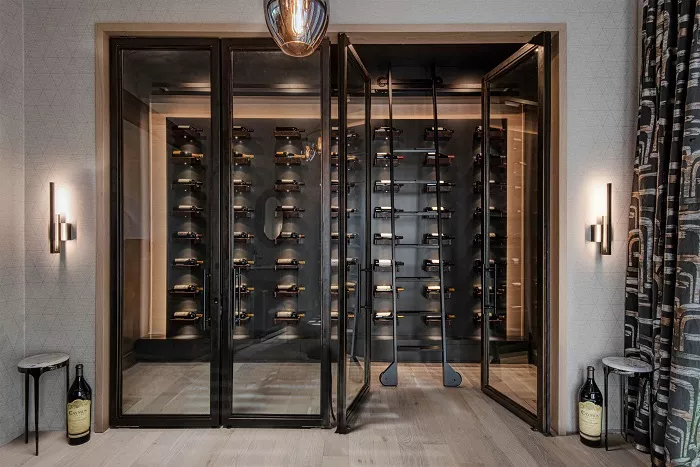The Great Southern, Australia’s largest wine region, stretches across 1.7 million hectares, encompassing rugged coastlines, expansive plains, ancient mountain ranges, and dense forests. Its diverse landscapes are matched by equally diverse wine characteristics, according to Mark Forrest, Executive Officer & Export Manager of the Great Southern Wine Producers Association.
Stretching from the southern coastline up to 100 kilometers inland, the Great Southern is defined by its unique geography and climate. Despite being the coolest region in Western Australia, it still enjoys a Mediterranean climate, heavily influenced by maritime conditions from the Southern Ocean.
The Great Southern lies in the heart of the Wagyl Kaip region of Noongar boodja country, home to the Noongar Aboriginal people, who have cultivated a culture that is one of the world’s oldest continuing traditions.
The region’s wines are defined by five subregions: Frankland River, Mount Barker, Porongurup, Denmark, and Albany. The first three are cooler inland areas, while Denmark and Albany sit along the coastline. These subregions bring a unique interpretation to the main grape varieties of the region: Riesling and Shiraz.
“The two varieties that unite the region are Riesling and Shiraz,” says Forrest. “However, the individual characteristics of each subregion allow for a distinct expression of these varieties, making them sub-region specific.”
The key traits of Great Southern wines include outstanding quality, cool climate viticulture, slow ripening, and high acid retention, all of which contribute to long flavor profiles and excellent ageability. Despite a warmer-than-average 2024 vintage, which accelerated harvest by three to four weeks, the region maintained its signature balance. Forrest notes that the reds, particularly Shiraz and Cabernet, thrived in the warmer conditions, while whites such as Riesling and Chardonnay retained their vibrant acidity and flavor structure.
Mike Garland, one of the region’s renowned winemakers, highlights the evolution of the Great Southern’s wine styles. “In the early days, we tried to emulate other Australian regions with mixed success. However, with advancements in viticulture and significant experimentation, the wines produced over the last decade are truly world-class and reflect the unique character of our region.”
Winemakers are experimenting with various techniques to enhance white wine complexity, such as lees contact, skin contact, and fermentation in larger oak or ceramic vessels. These methods complement the region’s natural fruit characteristics. In red wine production, gentle extraction techniques and the use of whole bunch and large-format oak vessels result in full-flavored, plush wines with fine structure and beautiful aromatics.
Garland expresses excitement about the region’s potential, stating, “It’s a very exciting time to be making wine in the Great Southern.”
Key Facts:
- Area: 1.7 million hectares covering 3.9 million hectares of land, stretching 160km north to south and 250km east to west
- Elevation: Vine plantings range from 0 to 1,093 meters above sea level
- Geology: The region is up to 2.7 billion years old
- Soil: Vineyards grow on ironstone gravels
- Key Varieties: Shiraz, Riesling, Cabernet Sauvignon, Chardonnay, Pinot Noir
- Other Varieties to Watch: Grenache, Mourvedre, Malbec, Sauvignon Blanc
For further insights, download the Wine Blast podcast, “Don’t Know Western Australia’s Great Southern? You Should” (Season 6, Episode 10).
You Might Be Interested In:


